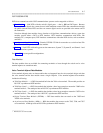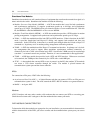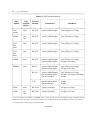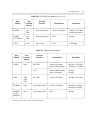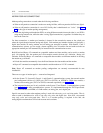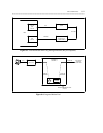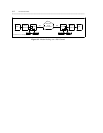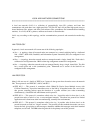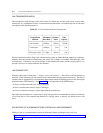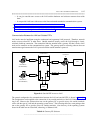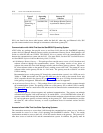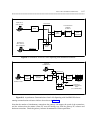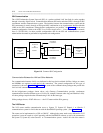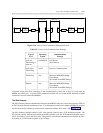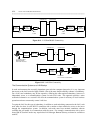LOCAL AREA NETWORK CONNECTIONS
_ ______________________________________________________________________________________
_ ______________________________________________________________________________________
_ ______________________________________________________________________________________
A local area network (LAN) is a collection of geographically close PCs, printers, and hosts that
communicate with each other over a high-speed link. For each PC, the LAN provides high-speed access to
shared hardware (like, printers and disks) and software (like, spreadsheets and communications-handling
routines). In a LAN, the PCs, printers, and hosts are known as network nodes.
LANs vary according to their topology, and the communications protocols and transmission media they
use.
LAN TOPOLOGY
In general, a local area network will assume one of the following topologies:
• Star — A topology where all network nodes are connected to a central switching hub by a dedicated
link. AT&T’s StarLAN, Datakit, and Information System Network (ISN) are configured in star
arrangements.
• Ring — A topology where the network nodes are arranged around a single, shared link. Each node is
connected to two adjacent nodes. IBM’s token ring arrangement assumes this configuration.
• Bus — A topology where the network nodes are arranged linearly along a single, shared link. The link
has a source point and a sink (termination) point. Ethernet and a version of the StarLAN are
configured in this arrangement.
LAN PROTOCOL
Many LANs use one of a family of IEEE layer 2 protocols that govern how the nodes access the network
link. These protocols are IEEE 802.3, 802.4, and 802.5.
• IEEE 802.3 — This protocol is sometimes called CSMA/CD (Carrier Sense Multiple Access with
Collision Detection). It provides immediate access to the link by all attached nodes and a set of rules
that governs resending packets upon the detection of a packet collision (two nodes transmitting
simultaneously). Both StarLAN and Ethernet use this protocol.
• IEEE 802.4 — This protocol is sometimes called token bus. It provides rules for how data is to be
passed from node to node in a bus- or tree-configured network. The token bus protocol has limited
application and is found most often in manufacturing, assembly-line environments.
• IEEE 802.5 — This protocol is sometimes called token ring. It provides rules for how data is to be
passed from node to node in a "ringed" network. The protocol provides methods that nodes can use to
reserve the link, give priority to their messages, determine whether their messages reach their intended
endpoints, and so forth. The IBM token-ring network is the primary user of this protocol.
8-13



